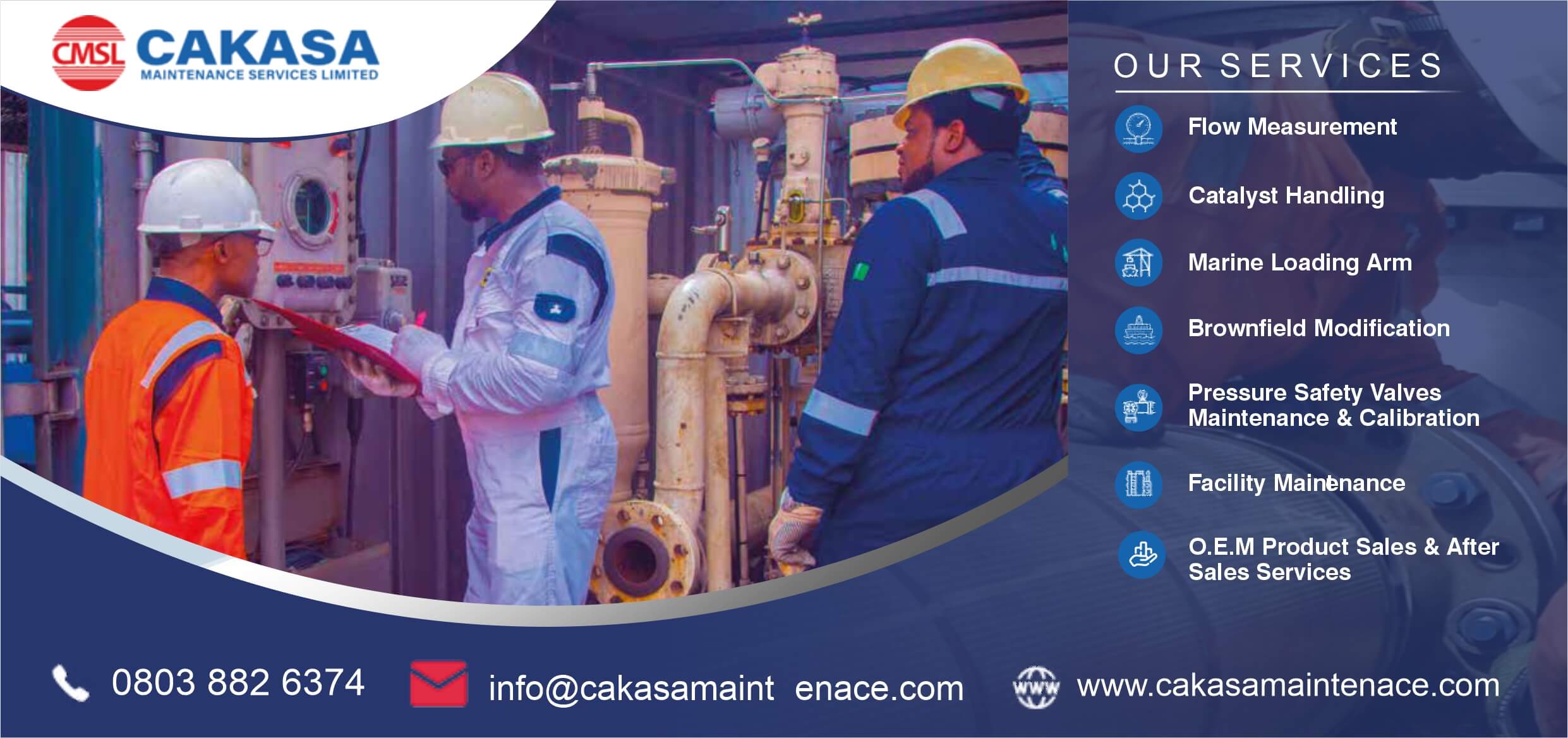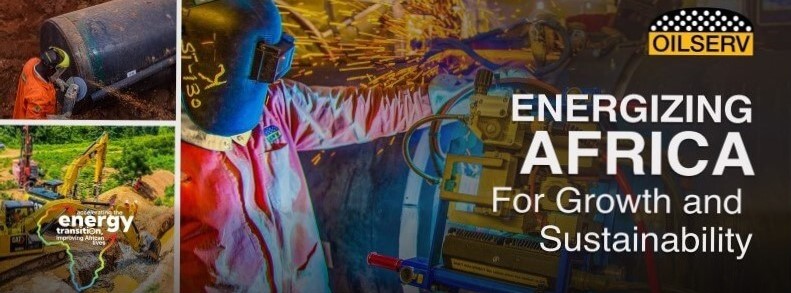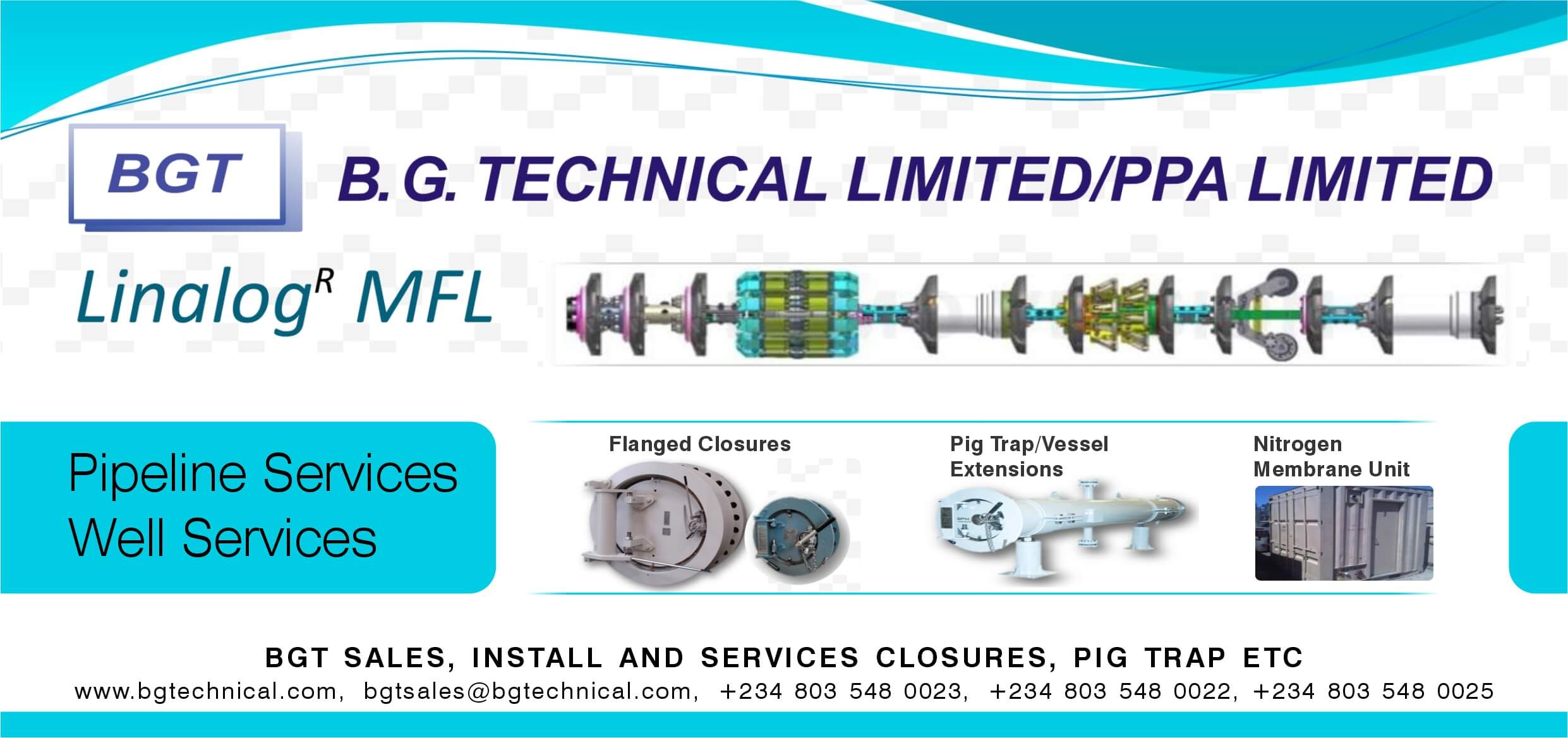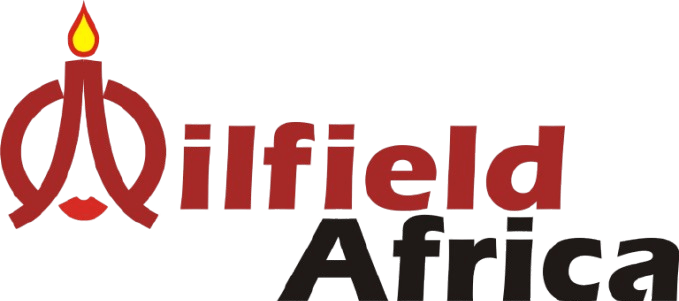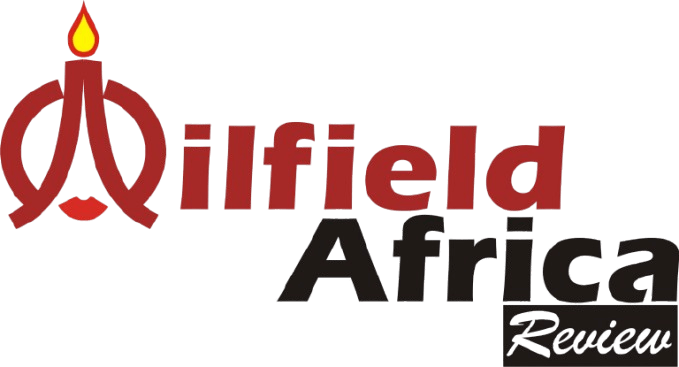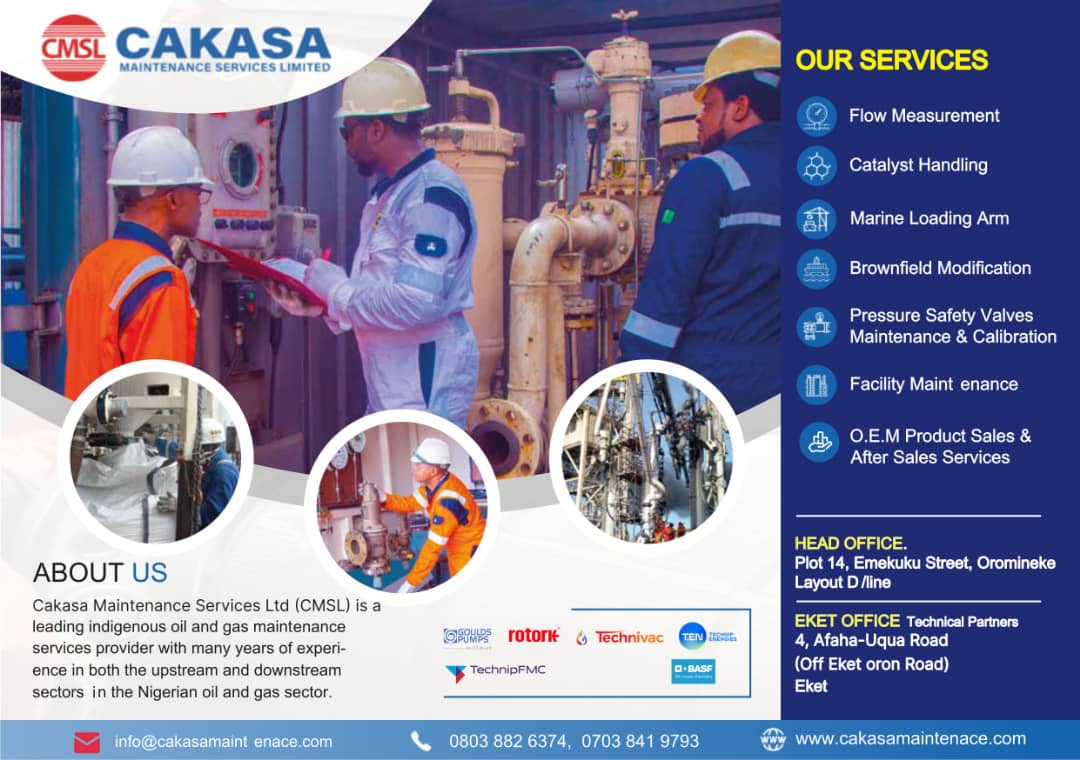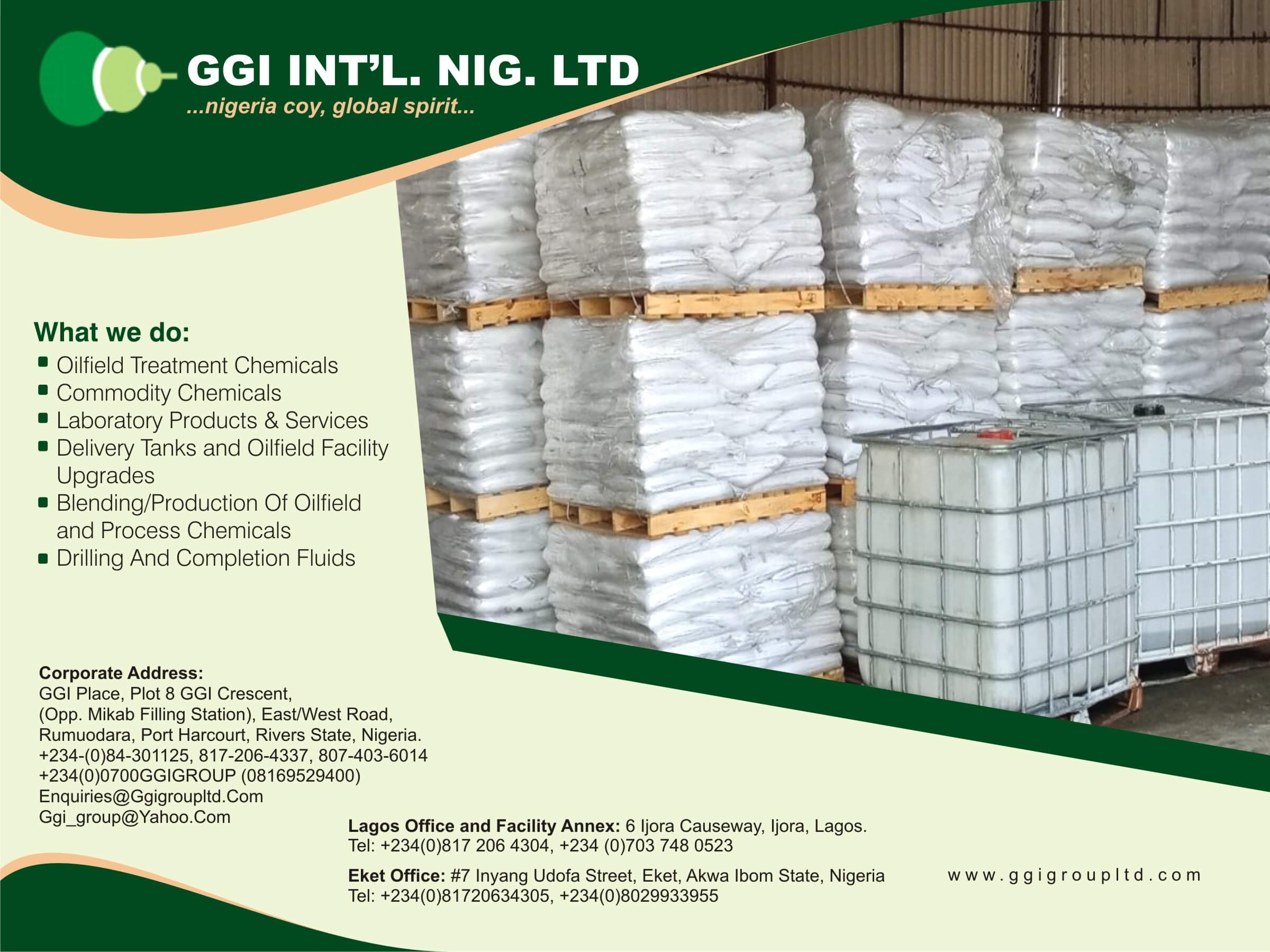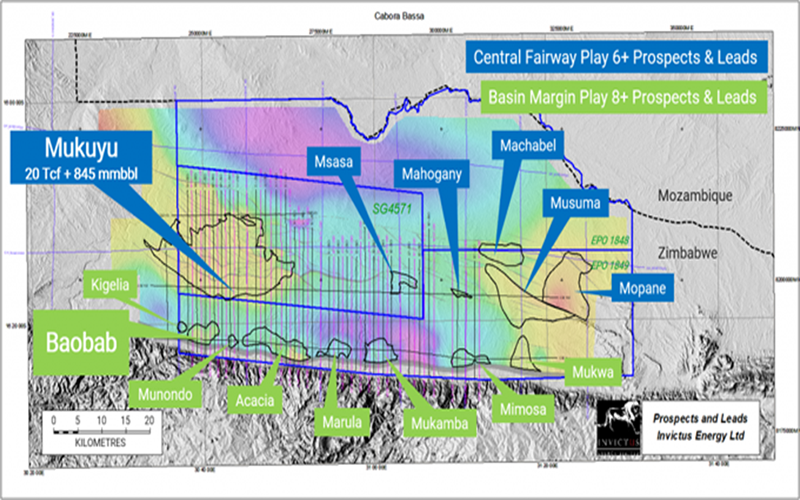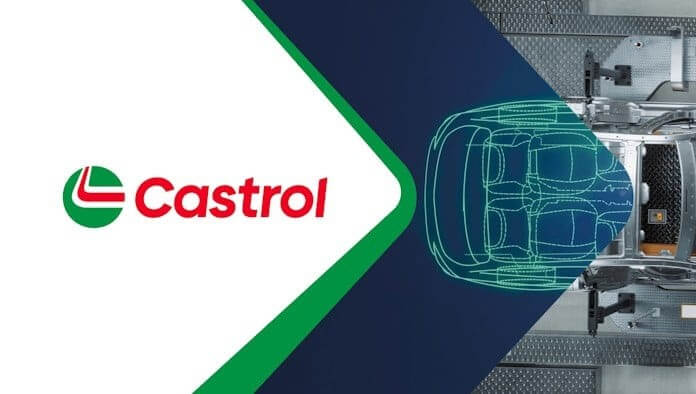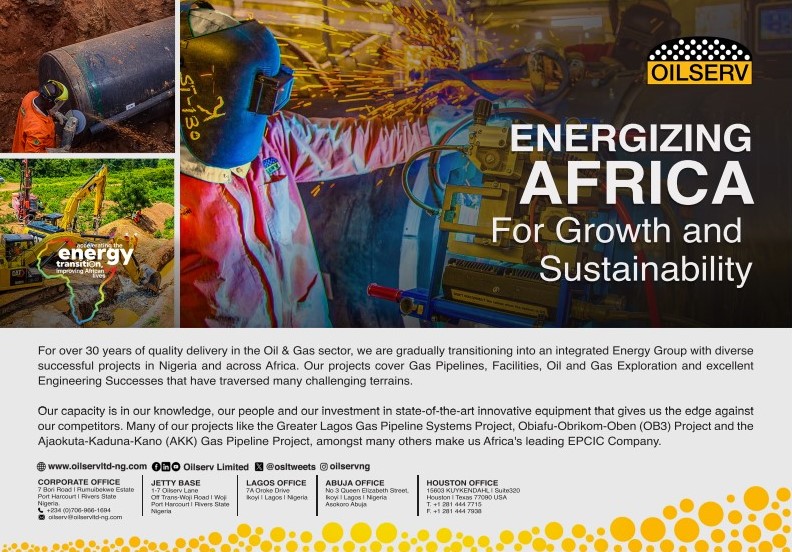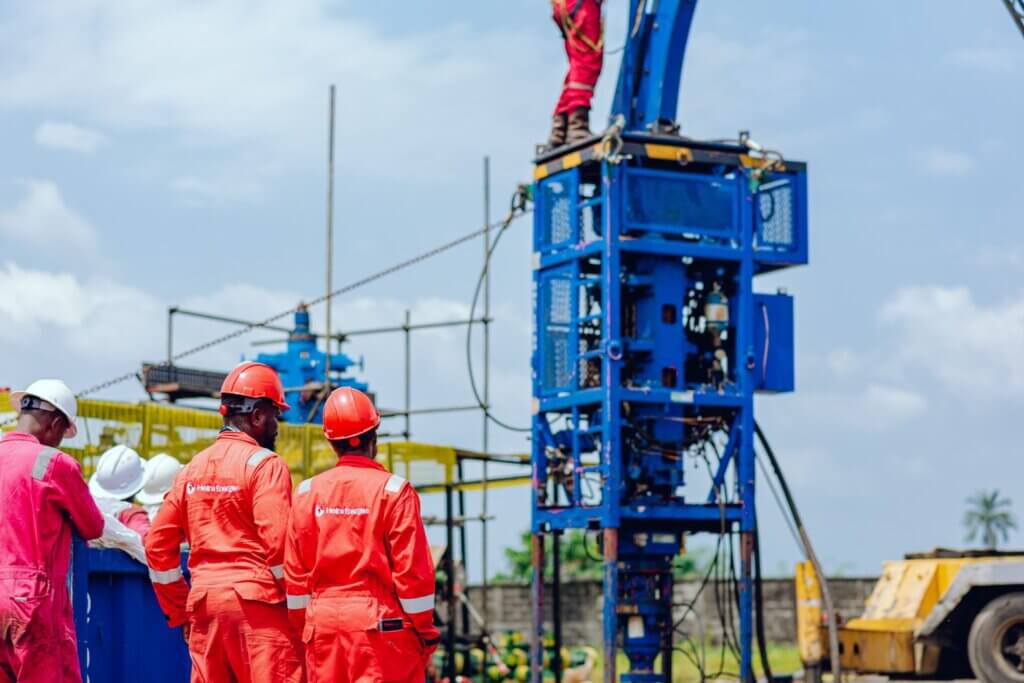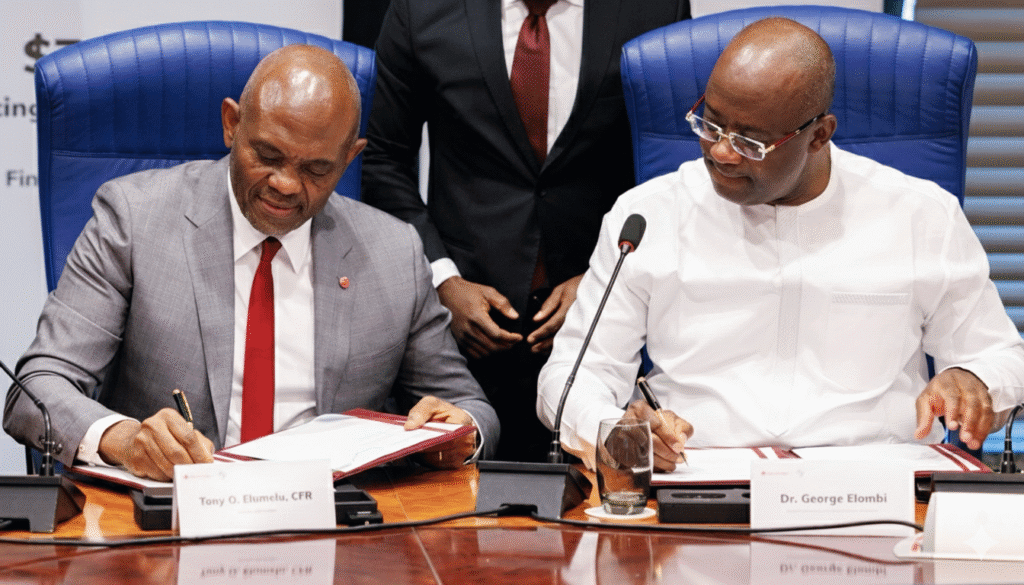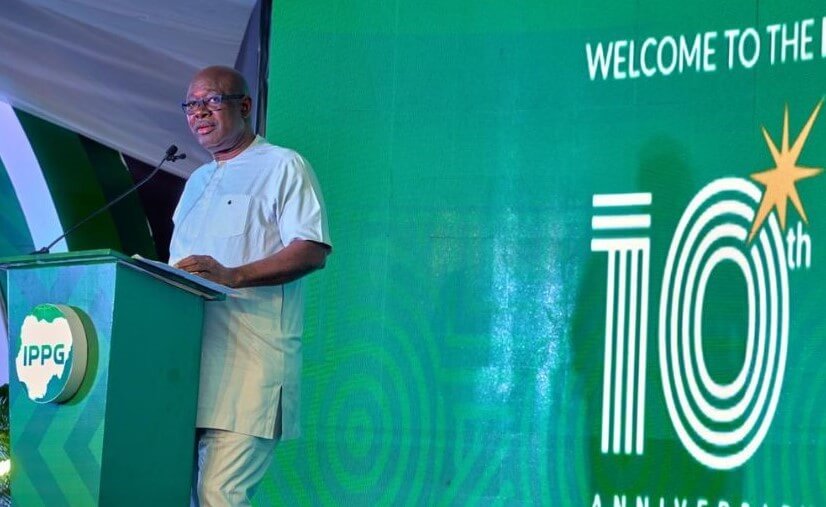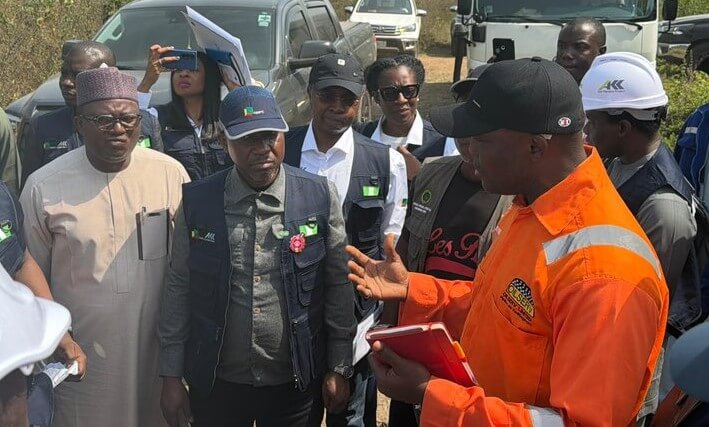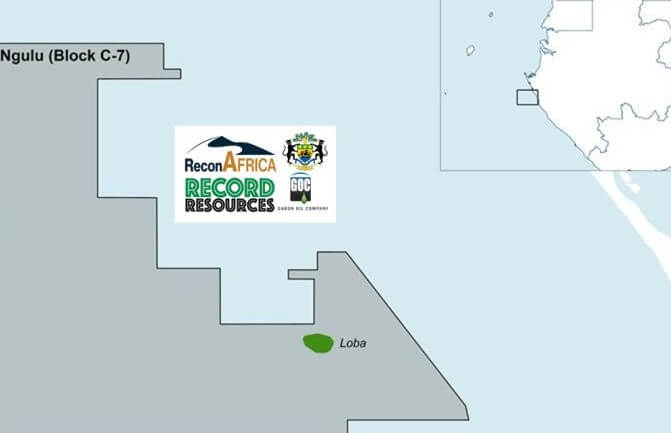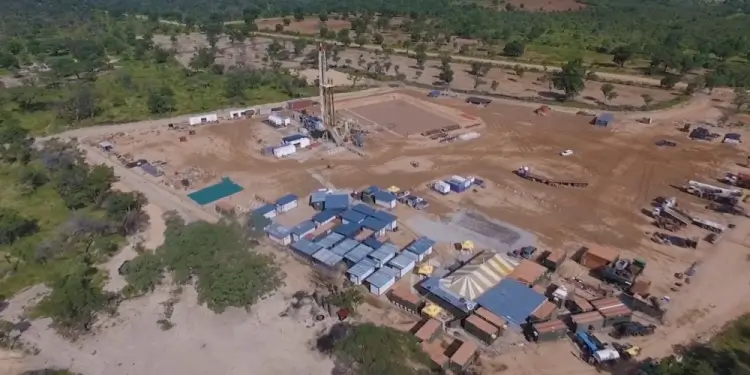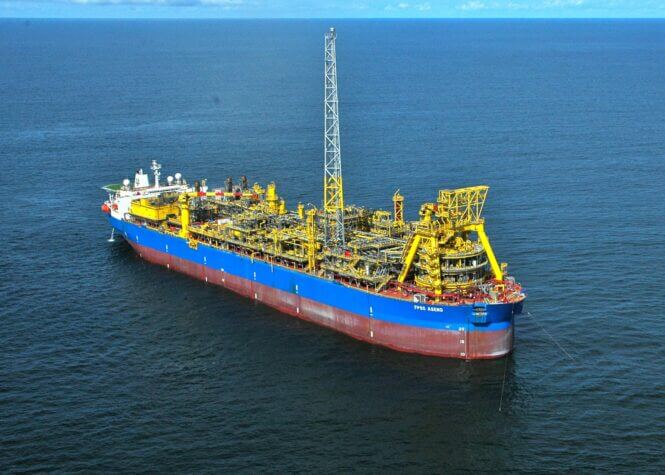
Equinor delivered adjusted earnings of USD 17.6 billion and USD 5.00 billion after tax in the second quarter of 2022. Net operating income was USD 17.7 billion and the net income was reported at USD 6.76 billion.
Strategic and industrial developments:
- Further optimisation of the oil and gas portfolio
- Assets in Russia exited
- Continued progress in building new value chains in low carbon with investments in battery storage and power
- Progressing a strong portfolio of projects in execution
Operational performance:
- Continued high production performance
- High gas production from E&P Norway to support European energy security
- Safe startup of Hammerfest LNG
Financial performance:
- Continuing to generate strong earnings and cash flow from operations, partially offset by increased costs
- Balance sheet further strengthened with net debt ratio* reduced to negative 38.6%
- Significant step-up in capital distribution with cash dividend of USD 0.20 per share, increased extraordinary cash dividend to USD 0.50 per share for the second and third quarter, and increased share buy-back programme to up to USD 6.00 billion for 2022, with a third tranche of around USD 1.83 billion
Anders Opedal, president and CEO of Equinor ASA:
“Russia’s invasion of Ukraine impacted already tight energy markets and has created an energy crisis with high prices affecting people and all sectors of society. Equinor puts its best effort into securing safe and reliable deliveries of energy to Europe, whilst continuing to invest in the energy transition.”
“Equinor continues to provide high gas production from the NCS, including volumes from Hammerfest LNG, now safely back in production. Solid operational performance and high production combined with high prices resulted in strong financial results with adjusted earnings of more than 17 billion dollars before tax.”
“We have taken important steps within our low carbon portfolio to help our customers decarbonise. Investments in the UK power company Triton Power and the battery storage developer East Point Energy in the US will expand our energy offerings and be important building blocks in new value chains.”
Progressing on strategy for the energy transition
Equinor enhanced the value creation with continued optimisation of its oil and gas portfolio with the announced sale of assets in the Ekofisk area, and a share in the Martin Linge field on the NCS. In the US, Equinor’s transactions in the North Platte project resulted in an increased interest in the project as well as a proceed. The group entered into a long-term LNG purchase agreement which will add new volumes to the portfolio from 2026.
Further, progress was made in developing value chains within low carbon. In the UK, Equinor is investing in the power company Triton Power and will prepare for future use of hydrogen in the Saltend power station. In the US, Equinor acquired the battery storage developer East Point Energy to further broaden the group’s energy offerings.
Equinor is executing a full portfolio of 23 projects with overall good progress, despite impact from global supply chain disruptions and the pandemic. On the NCS, Johan Sverdrup phase 2 and Njord future are expected on stream the fourth quarter, while the floating wind farm Hywind Tampen is expected to be completed next spring. In Brazil, Peregrino phase 2 is on track for start-up in third quarter. The wind farm Dogger Bank in UK is on track for the first phase to come into operation in 2023.
Equinor previously announced that it will exit all joint ventures in Russia and halt all investments in the country. This was completed in the quarter and the company was released from all future commitments and obligations.
High production impacted by seasonal turnarounds contributed to energy security
Solid operational performance as well as optimised production to deliver more gas to Europe, resulted in high production, with less impact from the seasonal turnaround than for the same quarter last year. E&P Norway delivered a 18% increase in production of gas and a 7% increase in overall production, compared to the same quarter last year. In Brazil, the Peregrino field came back on stream in July and will contribute with valuable volumes going forward.
The Renewables segment delivered 15% higher power generation compared to the same quarter last year, mainly due to the production from the Guanizuil IIA solar plant in Argentina.
In the second quarter Equinor completed 9 exploration wells offshore and 3 wells were ongoing at quarter end. Equinor made 3 commercial discoveries in the quarter, all close to infrastructure on the NCS.
Strong financial results capturing high prices
Energy prices remained high in the quarter. Compared to last quarter Equinor realised higher prices for liquids, while the averaged invoiced gas price in Europe eased off slightly.
Adjusted earnings for the quarter was USD 17.6 billion, up from USD 4.64 billion in the same quarter last year. Adjusted earnings after tax was USD 5.00 billion, up from USD 1.58 billion in the same period last year. In the quarter the operational and administrative costs increased due to higher environmental costs, electricity prices and field cost, partially offset by currency effects.
The MMP segment contributed with strong results, particularly from European gas and power optimisation and trading.
Equinor reported net operating income of USD 17.7 billion in the quarter, up from USD 5.30 billion in the same period in 2021. Net income was USD 6.76 billion in the quarter, compared to USD 1.94 billion in the second quarter of 2021.
Continued strong cash flow and capital discipline further strengthening the balance sheet
Cash flows provided by operating activities before taxes and changes in working capital amounted to USD 18.1 billion for the second quarter, compared to USD 6.54 billion for the same period in 2021. Organic capital expenditure was USD 1.99 billion for the quarter. Free cash flow was USD 6.96 billion for the second quarter, impacted by the two last NCS tax instalments for 2021 and the increased capital distribution from the fourth quarter in 2021. From the third quarter, the NCS tax instalments will be based on 2022 results and are expected at around NOK 70 billion for third quarter.
Strong cash flow and capital discipline resulted in a further reduction of adjusted net debt to capital employed to negative 38.6% at the end of the quarter. This is improved from negative 22.2% in the first quarter of 2022.
Competitive capital distribution
The board of directors has decided a cash dividend of USD 0.20 per share for the second quarter. Based on continued strong earnings in the quarter the board of directors has decided an increase in extraordinary cash dividend from USD 0.20 to USD 0.50 per share for second and third quarter of 2022. Furthermore, based on the strength of the brent price, balance sheet and commodity prices, the board of directors has decided to initiate a third tranche of share buy-back of USD 1.83 billion and increase the share buy-back programme for 2022 from previously communicated up to USD 5.00 billion to up to USD 6.00 billion. The third tranche will commence on 28 July and will end no later than 26 October 2022.
Emissions and serious incident frequency
Average CO2-emissions from Equinor’s operated upstream production, on a 100% basis, were 6.8 kg per boe for the first half of 2022, expected to increase somewhat with fields back on stream. The twelve-month average serious incident frequency (SIF) for the period ending 30 June 2022 was 0.5.












